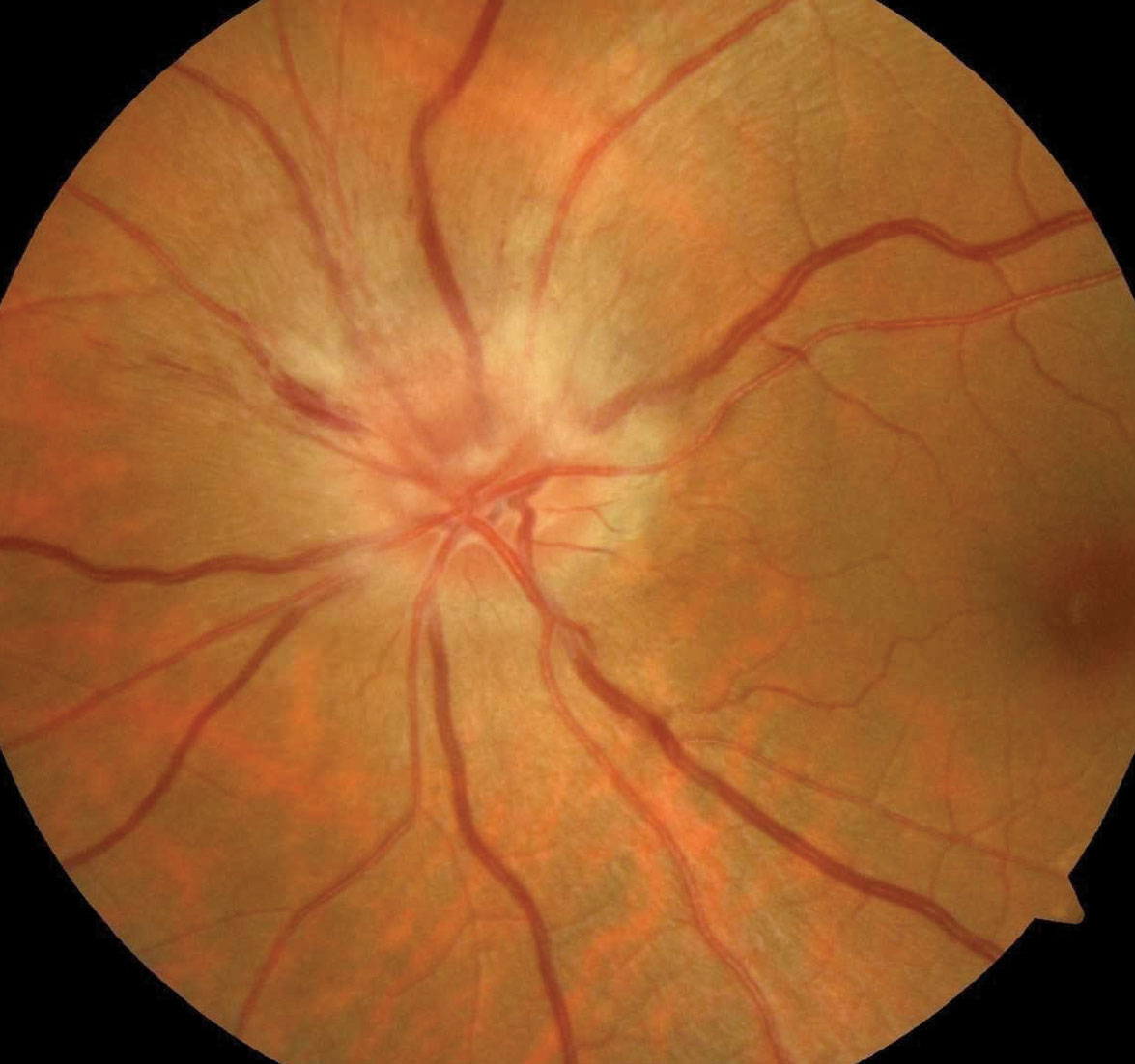 |
|
Although the pathogenesis of both conditions still needs to be investigated, a recent literature review found that PCSON or NAION may increase the risk of PCSON in the fellow eye. Photo: Neil Miller, MD. Click image to enlarge. |
Editor’s Note: As part of our “Year in Review” retrospective, we’ve selected the top 30 news stories of the year and are re-sharing them as we close out 2022. Follow along as we count down to number 1!
This story was originally published on August 25, 2022.
No. 8 biggest news story of 2022:
Cataract surgery is a very safe and low-risk procedure; however, in a small number of patients, minor and major complications still occur. These include post-surgical optic neuropathy (PCSON), which may arise either immediately (within hours to days) or in the delayed form (weeks to months) after surgery. PCSON has many of the same clinical characteristics as spontaneous nonarteritic anterior ischemic optic neuropathy (NAION). For this reason, it’s difficult for researchers to determine whether PCSON is a direct effect of cataract surgery or if these patients just happen to develop spontaneous NAION shortly after the procedure. Researchers performed a recent literature review to help better understand this rare complication’s pathogenesis.
The team looked at the findings of various case reports and series and retrospective, case-controlled big data and population-based studies that identified an apparent association between cataract surgery and the occurrence of either immediate or delayed acute anterior optic neuropathy. They made several observations.
“Immediate PCSON appears to be related to negative perfusion pressure at the level of the optic disc due to increased intraocular pressure,” the researchers noted in their paper. “The pathogenesis of delayed PCSON is unknown but probably multifactorial.”
They also found that patients who experienced spontaneous NAION or PCSON in one eye appeared to have an increased risk of PCSON in the fellow eye. One study found that in patients who experienced spontaneous NAION in one eye and had not had subsequent cataract surgery in the fellow eye, the frequency of subsequent spontaneous fellow eye NAION was 19% (59 of 308). However, in the cohort that developed spontaneous NAION in one eye and subsequently underwent cataract surgery in the fellow eye, the incidence of fellow eye acute optic neuropathy was 53% (nine of 17). The researchers noted that this strongly suggests PCSON is indeed a form of NAION; however, there is no pathological evidence to date to support this speculation.
Based on these findings from recent literature, the research team concluded, “Patients who have experienced either spontaneous NAION of PCSON in one eye and who are being considered for cataract surgery in the fellow eye should be counseled on the possible increased risk of developing PCSON.”
Bhattia MT, Miller NR. Post-cataract surgery optic neuropathy: a chronological narrative review of the literature and speculation on pathogenesis. Curr Opin Ophthalmol. August 18, 2022. [Epub ahead of print]. |


